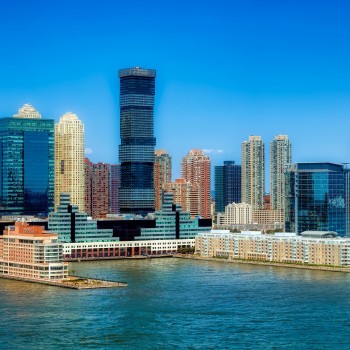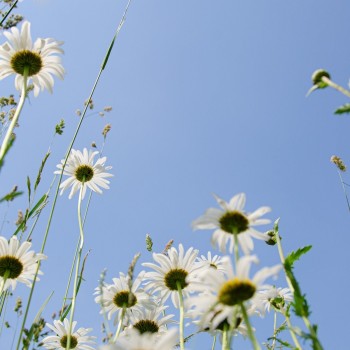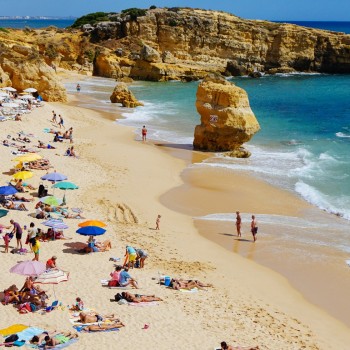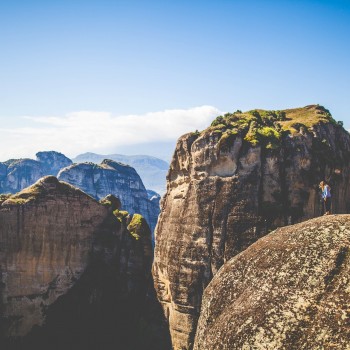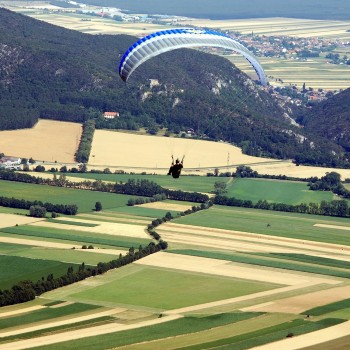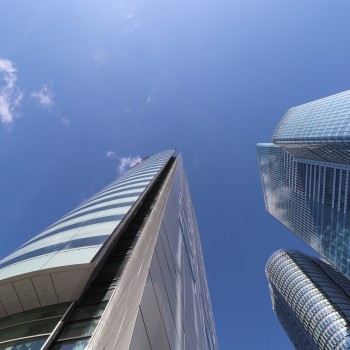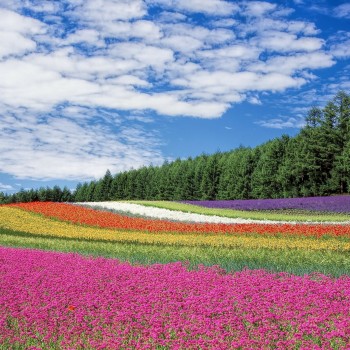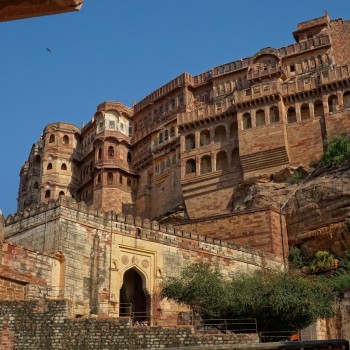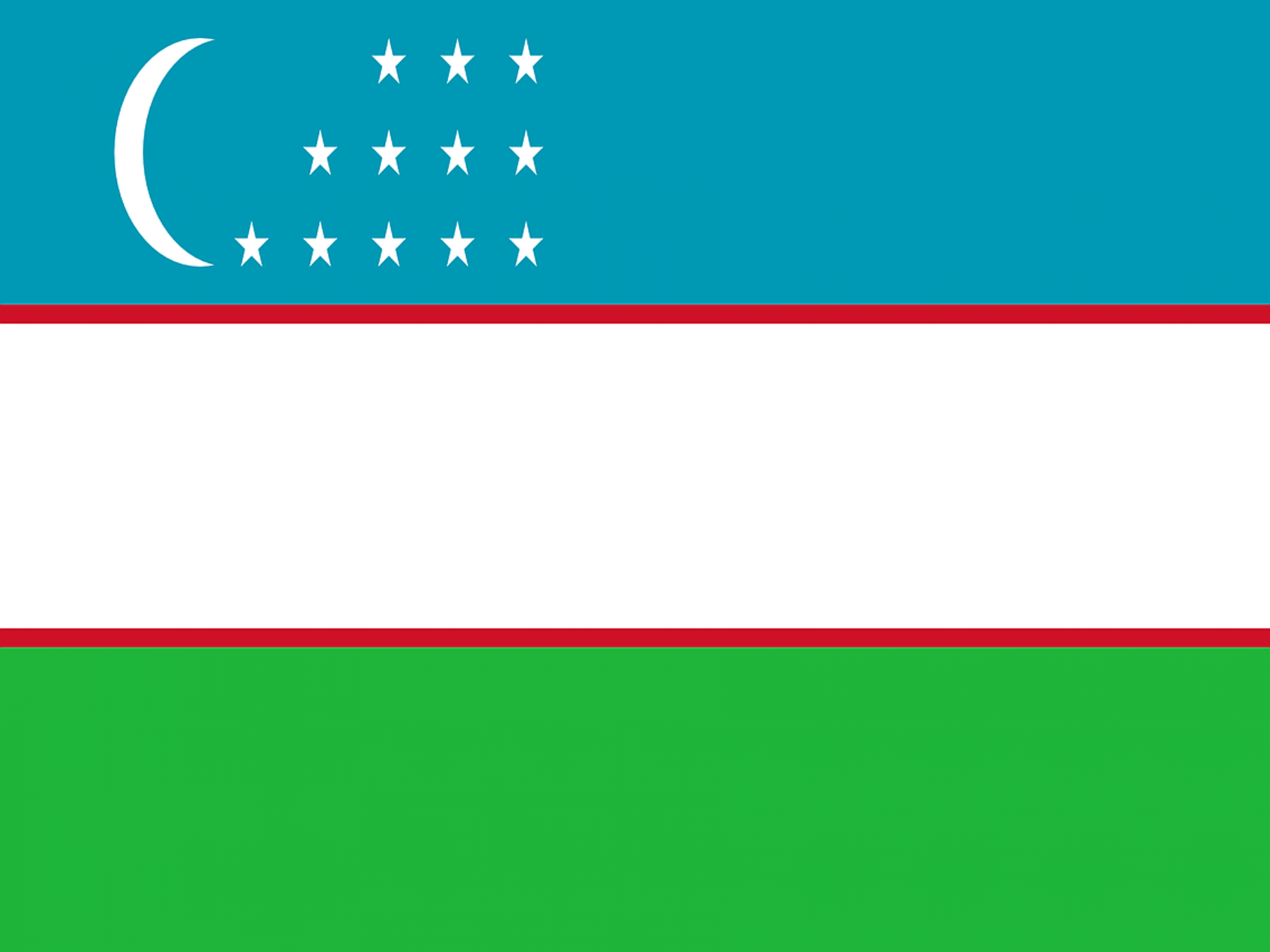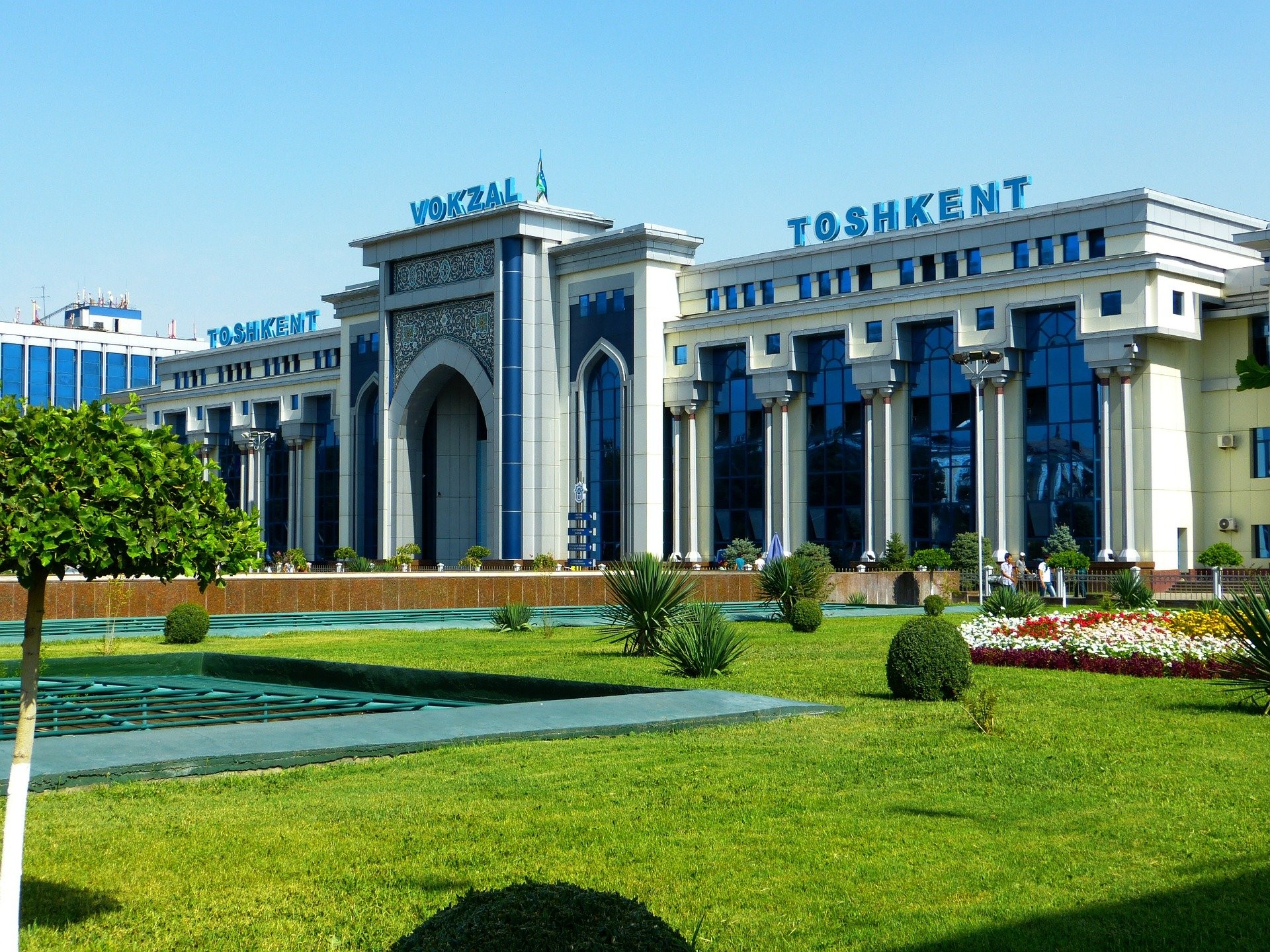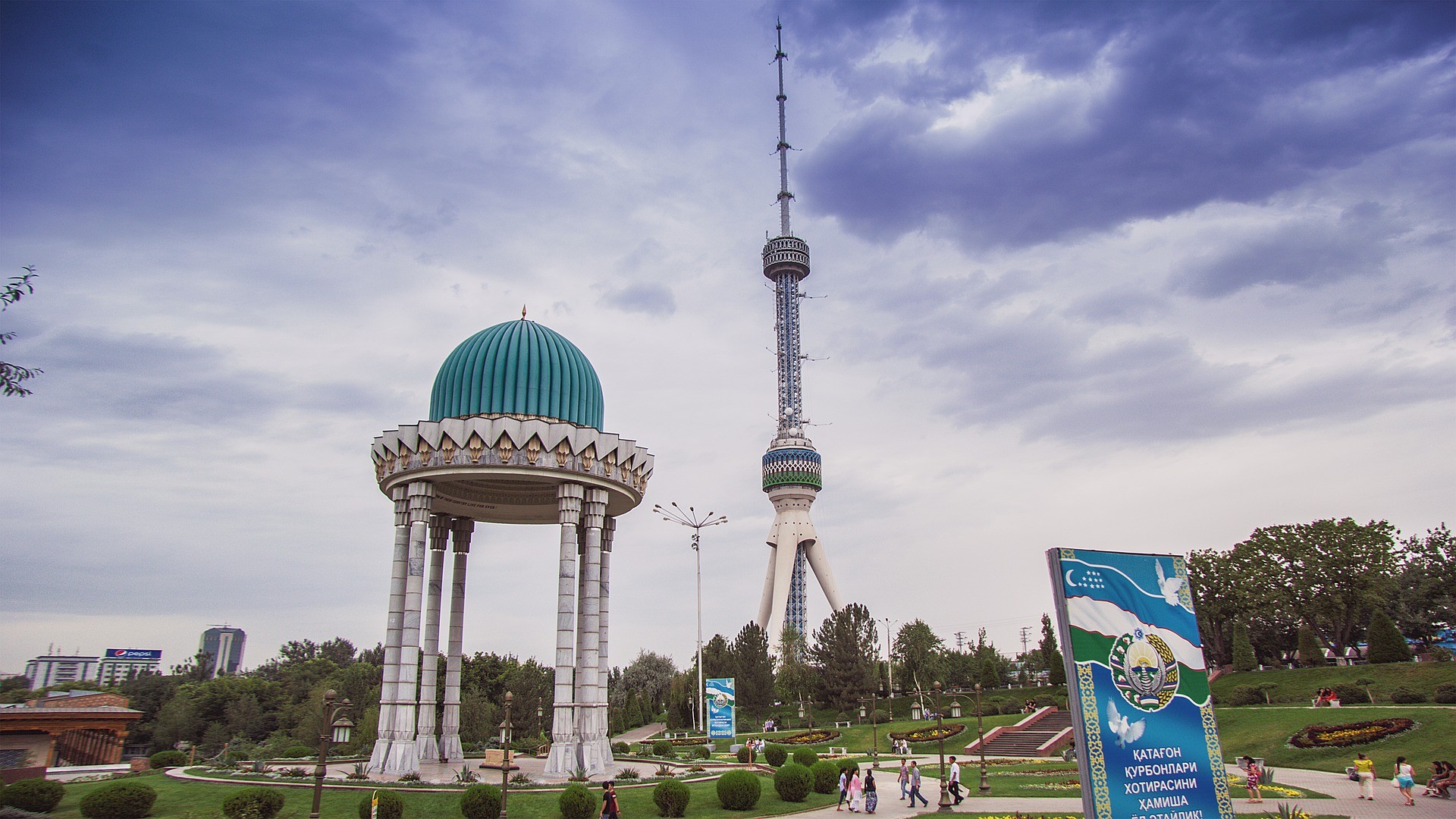Uzbekistan
Uzbekistan
Capital city description
Tashkent is the largest and the capital city of Uzbekistan, found in central Asia. Tashkent is located on the road between Samarkand and Shymkent. The town sits at the River Chirchiq’s confluence and a few of its tributaries; it is constructed on deep alluvial deposits that reach 49 feet.
Tashkent city is known for having probably the most stunning metro stations globally. Its stations are skillfully decorated with marble and granite, glass, plaster, and mosaic, and decorated with frescoes, panels, and bas-reliefs with oriental ornaments. Tashkent was the first city in Central Asia that build a metro during USSR times. Nowadays it also has a progressive bus & taxi transports.
Climate
The climate in Uzbekistan is extremely continental. It is expressed in sharp amplitudes of day and night and summer and winter temperatures. The sunny country has an arid nature and low relative humidity.
The coldest month is January. The absolute minimum winter temperatures of 35-38 degrees below zero. The hottest months are July and August. During this period, the average temperature on the plains and foothills is 25-30 degrees Celsius, while in the south (Termez - Sherabad), it reaches 41-42 degrees.
Languages spoken
Uzbek and Russian are the most commonly spoken languages in Uzbekistan. Uzbek is the official state language of the country and is used by the government and citizens daily. There are about 25 million speakers of Uzbek in and outside of Uzbekistan. Tajik, Kazakh, Korean, Armenian, Tatar, Karakalpak, and Turkish are other widely used languages.
Fun/Fascinating Facts
- Uzbekistan hosts the world’s largest open-cast gold mine, located in Muruntau in the Qizilqum desert or Kyzyl Kum desert. The mine produces more than 2 million ounces of gold every year, and the pit covers an area of 2.17 miles by 1.55 miles and a depth of 1,837 feet.
- Uzbekistan is the world capital of melons. They have over 150 different varieties, which form a staple part of the local diet, served fresh in the summer and eaten dried through the winter.
- Uzbekistan is home to one of the largest deserts in the world, known as Kyzylkum, which also extends into Kazakhstan.
- Uzbekistan is home to two national parks and nine nature reserves. The oldest national park in the country is Zaamin National Park, established in 1926, also known as the Guralash Nature Preserve.
- Uzbekistan is the world’s second-largest cotton exporter and fifth-largest producer.
Unique Customs/Traditions
- Traditionally, Uzbek people do rituals about putting the baby into the cradle called Beshik Tuyi (wooden cradle). It is one of the most ancient and widespread ceremonies in Uzbekistan. Usually, such an event is held on the 7th, 9th, or 11th day from the baby's birthday.
- The wedding ceremony is traditionally exceptional in Uzbeks' lives and is celebrated with particular splendor. Brides transfer from her parents' house to the groom's house is the central moment of the weeding cycle. On the wedding day, the wedding palov is served to the guests at the bride's house, and such palov is cooked in the groom's house and then sent to the bride's. On the wedding day, the groom puts on the new clothes at the bride's house (clothes and shoes presented for the wedding), then the groom goes to the bride's parents to greet them and get their blessing.
- In Uzbekistan, when you meet somebody, you should greet each other even you are neither friends nor cooperatives. People usually say "Assalamu Alaikum" when starting a conversation, which means "may peace be upon you" in Arabic, and the response is "Wa Alaikum Salaam." translated as "may peace be upon you too."
- Uzbeks invite guests warmly as being hospitable is an integral part of their tradition. Hence, treatment is more valued than the food and beverages on the table. Not accepting or mistreating guests is a disgrace to the family. Uzbek families meet the guests at the gate. They greet each other and shake hands. However, shaking hands with women is not permissive. Young girls and women put their right hand on the chest when receiving respected visitors. Afterward, hosts will invite them to the home.
- Traditionally, Uzbek meals start with tea drinking. It also applies when there is a guest in the house. An owner or hostess pours tea into a bowl called "piyola" 3 times and puts it back into the teapot.
Popular universities
| Name | Description | |
|---|---|---|
| Westminster International University in Tashkent (WIUT) | Westminster International University in Tashkent (WIUT) is the first international university in Central Asia to offer a Western-style education with UK qualifications. Westminster International University in Tashkent (WIUT) provides a wide range of programs, academic and research activities, and social events. Independent learning is an essential part of the UK education system, and WIUT is no exception. WIUT students can often be found in the Learning Resource Centre (LRC), computer rooms, and innovation labs, working on projects and discussing the course content with their peers. | |
| Tashkent University of Information Technologies | The Tashkent University of Information Technologies, named after Muhammad ibn Musa al-Khwarizmi (TAUIT), is one of the largest universities in Uzbekistan, located in Tashkent. The Tashkent University of Information Technologies was founded as the Tashkent Electro-Technical Institute of Communication in 1955. It was the major and only producer of communication engineers for the Central Asian region. The Tashkent University of Information Technologies has six faculties: Computer Engineering, Software Engineering, Telecommunication technologies, Information Security, Television Technologies, Economics and management, Professional education, and Special Faculty (Military). | |
| Tashkent State Pedagogical University | Tashkent State Pedagogical University, named after Nizami, is one of the famous higher educational institutions training qualified pedagogical personnel in the Republic of Uzbekistan, founded in 1935. Tashkent State Pedagogical University provides bachelors in the 23 educational directions and Masters in 32 specialties, doctoral students in 16 specialties. There are 11 faculties, 40 academic chairs, and 40 departments such as the Information Technology and Information Resource Center, Department of Qualification and Practice, Research, Innovation and Training Department, Department of Commercialization of Scientific Innovations, International Cooperation, Monitoring and Internal Control in the University. | |
| Tashkent Financial Institute | Tashkent Financial Institute is one of the leading universities in Uzbekistan, located in the center of Tashkent. Tashkent Financial Institute offers Pre-university programs, including finance and tax lyceums, bank colleges, Bachelor's degrees with majors including Finance, Banking, and Valuation, Master's degree, and Ph.D. programs. Tashkent Financial Institute has practical experience in teaching business executives and accountants. The Institute organizes video conferences and distance learning classes. | |
| University of World Economy and Diplomacy | The University of World Economy and Diplomacy (UWED)is a higher educational institution established on September 23, 1992. It functions under the Ministry of Foreign Affairs of the Republic of Uzbekistan. The University of World Economy and Diplomacy (UWED) provides training, retraining, and advanced training for specialists and academic staff as well as conducts high-level fundamental and applied research in the following areas: International Economics and Management; International Relations and Political Science; International Public and Private Law and Guiding and Interpreting. The University of World Economy and Diplomacy (UWED) has three faculties, including International Relations, International Economics and Management, and International Law. | |
| National University of Uzbekistan | The National University of Uzbekistan, named after Mirzo Ulugbek, is the first and principal higher educational institution in Uzbekistan and Central Asia, founded in 1918. The University has contributed to society by preparing highly qualified specialists in various spheres of economy and being on top of success in science for a century. The National University of Uzbekistan offers courses and programs leading to officially recognized higher education degrees in several areas of study. | |
| Samarkand State Medical Institute | Samarkand State Medical Institute is the first institute of central Asia founded in 1930 and situated in Samarkand, Uzbekistan. It is one of the largest Institutes counted amongst the NMC approved universities of Uzbekistan, definitely a better option for worldwide medical aspirants for doing MBBS. The institute made a valuable contribution to medical science development worldwide. | |
| Tashkent Medical Academy | Established in 1920, Tashkent Medical Academy is one of Uzbekistan's oldest and leading universities. It is well known all over Central Asia, offering graduate and postgraduate programs for study: general medicine, medical pedagogy, preventive medicine, nursing, medical biology. After acquiring primary education, Tashkent Medical Academy is a modern innovational institution that saves the best traditions of traditional medical education. Tashkent Medical Academy Faculties: Medical faculty, Medical-pedagogical faculty, Medical-prophylactic faculty, Medical-biological faculty, Military Medicine faculty, faculty of higher nursing, professional training faculty. | |
| Termiz Davlat Universiteti | Termiz Davlat Universiteti (Termez State University) is a non-profit public higher education institution located in the metropolis of Termez, Surxondaryo. Founded in 1992 and officially recognized by the Ministry of Higher and Secondary Specialized Education of Uzbekistan, Termiz Davlat Universiteti (TerDU) is a large coeducational Uzbekistani higher education institution. Termiz Davlat Universiteti (TerDU) offers courses and programs leading to officially recognized higher education degrees such as bachelor's degrees, master's degrees, doctorate degrees in several areas of study. | |
| Management Development Institute of Singapore in Tashkent | Management Development Institute of Singapore in Tashkent (MDIST) is one of the first international university branches opened in Uzbekistan. Founded in 1956, the Management Development Institute of Singapore (MDIS) is Singapore’s oldest not-for-profit professional institute for lifelong learning. MDIS offers internationally-accredited courses in Business and Management, Engineering, Fashion, and Jewellery Design, Health and Nursing, Information Technology, Languages and Education, Life Sciences, Media and Communications, Psychology, Tourism, and Hospitality Safety Environmental Management. | |
Festivals & Events

Melon Festival
Date: August
The traditional melon festival in Khiva is celebrated annually in August in the Ichan Kala State Museum-Reserve territory. This festival promotes the Khorezm melon and attracts the attention of local and foreign tourists. It aims to increase the flow of tourists to the region, encourage the ancient experience of the oasis in the area, and popularize the unique varieties and varieties of sweet melons and gardening products (peaches, apples, grapes, pears, dried fruits, and watermelons).
Furthermore, concerts of folk and ethnographic groups, performances of young pop singers, theatrical performances, and crafts exhibitions are organized to spice the festival.
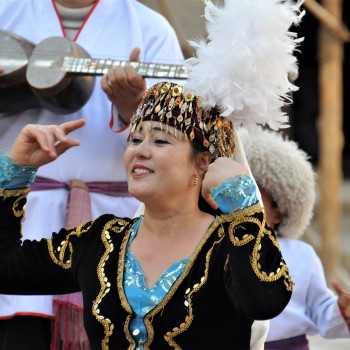
Khiva International Dance Festival
Date: September
"MAGIC OF DANCE" – Khiva International Dance Festival in Khiva celebrates Khorezmian dance's natural beauty and delicacy – Lazgi in the Ichan Kala environment. Eminent dancers, folk groups, amazing singers of Uzbekistan, and different countries worldwide partake in the event, held annually in September.
The program of the dance festival of Khiva is rich: folklore shows, musical and theatric performances, craft exhibitions, research-based and experiential forums, degustation of Khorezm foods, master-classes, etc.
At the final moment, organizers award winners of the "MAGIC OF DANCE"!
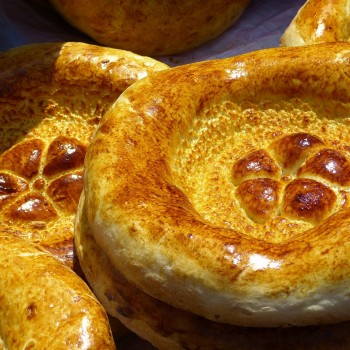
Boysun Bahori festival
Date: May or April
The Boysun Bahori festival represents the loyalty to ancient traditions and the unity of folks! The festival “Boysun Bahori” aims to accumulate and display the legacy of history in Boysun and other parts of Uzbekistan. A big camp is set up on the foothills with yurts, benches, and stages, where folklore groups perform. Great arenas are arranged for various national games: wrestling “kurash,” equestrian competition, “kupkari,” fights of rams and cocks, etc. In addition, a special place is played by the scene of “darboz” (tightrope walkers), which shows circus performances, where the balancing act perfectly combines with a fun theatrical performance. You can witness the version of the pop stars and the performance of street performers.
Visitors will enjoy a festive salute and a gala concert with the participation of Uzbek pop stars while treating you to the most mouthwatering meat such as Gandy tandoor, Chulponcha (according to Shepherd’s), Black meat, Jiz-Biz, Chicken tandoor, Shish kebab.

Navruz
Date: March 21
The Navruz holiday in Uzbekistan is one of the country's most celebrated, colorful, and fun-filled festivities. On March 21, the spring equinox is celebrated when daylight and darkness are of equal length.
In Uzbekistan, the Navruz celebration is accompanied by lively folk festivals that spill over into extravagantly decorated village streets, while at city fairs, every variety of souvenirs can be purchased. In rural areas, traditional sports competitions attract enthusiastic audiences. Especially popular are equestrian tournaments, horseback wrestling, and the national game kupkari, in which two teams on horseback battle over a goat carcass.
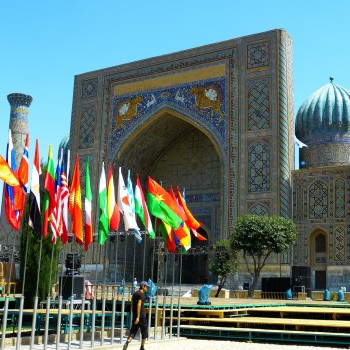
Shark Taronalar
Date: August (date varies)
Shark Taronalari is Uzbekistan’s famous and grand international world music festival. First held in 1997 in Samarkand, the festival has drawn many performers and participants through the years. This music festival is held to promote traditional types of national musical art, respect and develop centuries-old traditions, foster a love of music and art in the hearts of the younger generation, and maintain friendly relations between different peoples and nationalities.
During the celebration, the streets, parks, and the communities of Samarkand are decorated in the style of the festival. Musicians, singers, creative groups come from all over the world to present the cultural heritage of their country.
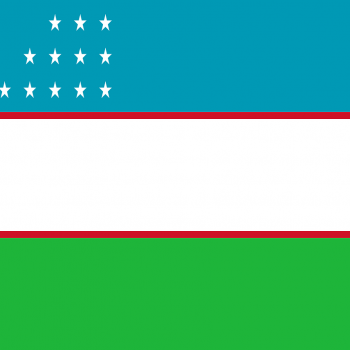
Independence Day
Date: 1st September
Independence Day, held every September 1, is the most important national holiday in Uzbekistan. The whole country remembers the day when it gained its independence and sovereignty after a long era of Soviet occupation.
Feasts and shows occur in many cities and towns. Still, the main event is held in Alisher Navoiy National Park in Tashkent. The President addresses the nation, performances from the country’s singers and actors, and a giant fireworks display in the National Park.

Ramadan Hayit
Date: April or May (date varies)
Ramadan Hayit (Ruza Hayit, Eid al-Fitr) is an Islamic holiday marking the end of Ramadan, the annual month of fasting, and celebrates spiritual and moral purification. The day itself is a symbol of cleansing and faith. It begins with men gathered at the local mosque for prayer, although these may also be recited at home, followed by visits to the graves of loved ones. Every Uzbek family prepares the national rice dish plov and a myriad of bread and sweets.
Ramadan Eid in Uzbekistan typically lasts for three days, during which time people receive many guests, visit relatives and share homemade goodies with neighbors and friends. The holiday is especially enjoyed by children, who receive special toys and treats from parents and relatives.
.jpg)
Kurban Hayit (Eid al-Adha)
Date: 20th July (date varies)
Kurban Hayit (Eid al-Adha) is one of the most significant holidays in the Islamic world. It marks the end of the Hajj (pilgrimage to Mecca). Kurban Hayit in Uzbekistan has been declared a public holiday and has been widely celebrated in the country since 1991.
Preparations for both Ramadan Hayit and Kurban Hayit (Eid al-Adha) begin the day before Hayit, and this day is called “Arafa.” On the day of Arafa traditional pastry: “kush-tili,” “bugirsok” – fancy pastry balls, “Orama,” “chak-chak” – straws and nuts in sugar and others are prepared by every Uzbekistan family. In the evening, every family cooks festive plov, which neighbors usually pass to each other. Plov is served in Kosa (big ceramic bowl) and decorated with pastry on top.
Attractions / Top Sights

Chimgan
When to visit: In summer
Chimgan mountain is one of the best picturesque tourist attractions in Tashkent. The highest point of Greater Chimgan reaches 3309 m above sea level. This spot is perfect for active tourism gorges and caves, rocks and waterfalls, ski resorts, and cable cars. Climbers, paragliders, and extreme sports fans from all over Uzbekistan come here.
Tourists can spend the winter holidays at one of the ski resorts in the area – Amirsoy, Beldersay, and Chimgan equipped with cable-chair and rope-tow paths. You can fly on a paraglide during the warm season or climb the Greater Chimgan. In addition, there are recreation areas for tourists in the Chimgan valley, which offer to combine active leisure with comfortable rest.
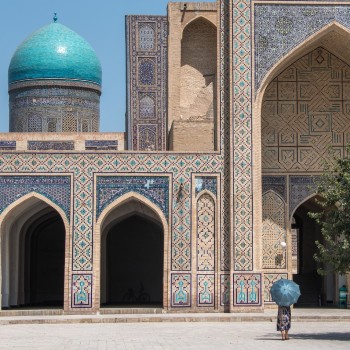
Minor Mosque
When to visit: March, April, October. and November
The Minor mosque is one of the new sceneries of Tashkent. It was opened on 1 October 2014, on the eve of the Eid holiday, and has become one of the favorite places of city residents for evening walks.
The Minor mosque is located on the embankment of the Ankhor channel and is surrounded by a landscaped area. It consists of a grand avenue planted with greenery, and inside there is a large hall decorated with quotations from the Holy book of the Koran and a mark pointing to Mecca made of gold. The Minor mosque has a capacity of more than 2400 people.
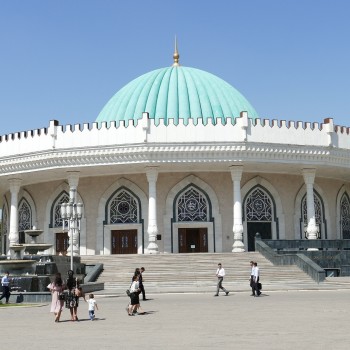
State History Museum of the Timurids
When to visit: April to June or. August to November
In 1996 the Museum of Timurids was opened in honor of the 660th anniversary of the outstanding commander Amir Timur. A dome frames the three-story rounded building of the Museum in classic Oriental style. The interior is decorated with marble, unique paintings, and gold leaf.
The highlight of the Museum is a crystal chandelier with a height of 8.5 meters, which consists of 106 thousand pendants. The Museum has more than 3 thousand exhibits. Here you can see jewelry, clothing, musical instruments, tools, and other items of the middle ages. A copy of the Osman Koran, the Holy book of Muslims, is kept in the Central Hall.
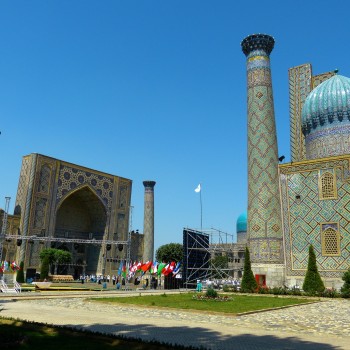
Registan
When to visit: October to February
Registan architecture is a fascinating example of Islamic architecture. It’s one of the most precious Islamic monuments globally, the most important in Central Asia, and one of the UNESCO Samarkand World Heritage List. “Registan” means “a sand place.”
In ancient times Registan was a central square covered in sand. It Was medieval Samarkand’s commercial center, and the plaza was probably a wall-to-wall bazaar.The square has three madrassas on each side facing each other: Ulugbek madrasah, Sherdor madrasah and Tilla-Kori madrasah. All madrassas are of different ages.
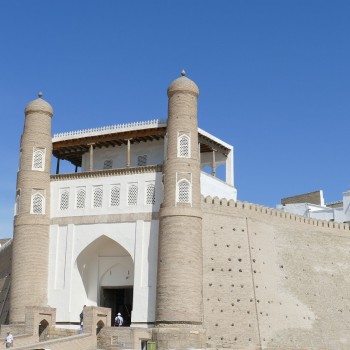
Ark of Bukhara
When to visit: April to June or. August to November
Established in the 15th century, the Ark of Bukhara is an ancient royal town in Bukhara. A gigantic fortress with two-story towers by sides from the arch aperture and latticed architecture gallery on top. Behind it, there is a musical pavilion, constructed in the 17 century, a two-colored audience chamber surrounded by a gallery.
Ark included: emir lodging, throe-room, police department, stables, clothes stores, carpets, utensils, treasures, armory, jail, jeweler’s and other workshops, mint place, mosques, Mazars and other buildings. Presently, the Ark is a tourist attraction and houses museums covering its history.
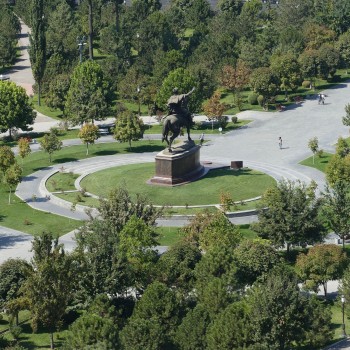
Amir Temur Square
Amir Temur Square, and a bronze equestrian monument, is one of the most famous places in Tashkent; it was opened On August 31, 1994, on the eve of the third anniversary of the independence of Uzbekistan. The square in the center of Tashkent is named after Amir Timur, the commander and founder of a vast medieval empire. The square represented a small park in the city's center, surrounded by several administrative buildings, women's and men's gymnasium, school, and state bank buildings.
In the center of the square is a bronze figure of Amir Timur with imperial regalia on a reared horse, an outstanding commander and statesman of the XIV century Amir Timur, who established a centralized state in Movarrounnahr. The monument plinth is engraved with Amir Timur's famous motto in four languages "Power is in Justice."
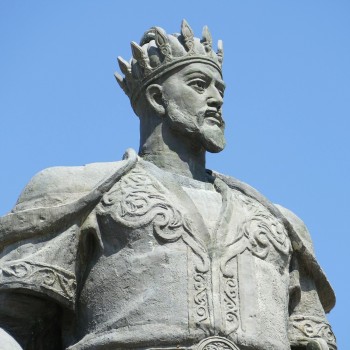
Ak-Saray Palace
When to visit: Between October and March
Ak-Saray Palace is a beautiful palace ruin in the historical city of Shakhrisabz included in the UNESCO World Heritage List; there is a splendid monument of the Medieval era - which was once part of the majestic residence of Amir Timur. The Palace's construction was started in 1380 and lasted more than 25 years. The Palace had several courtyards with living quarters, decorated with gold azure and colored tiles, and the floor was paved with white tiles. Several legends are connected with the history of this majestic structure.
Nowadays, only the pillars of the entrance portal, which are impressive in size, remain from the majestic structure. The preserved part of the Palace was restored, and the Palace square was landscaped as a Park for cultural leisure and recreation of the population. Various art festivals are held here everywhere, demonstrating the cultural heritage of the Uzbek nation.
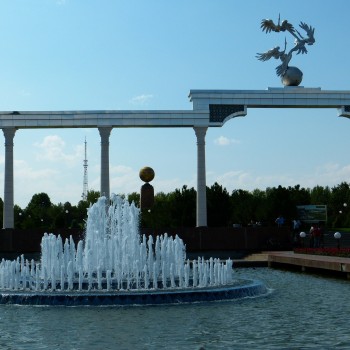
Independence Square
When to visit: April to October
Independence Square is the stunning and momentous central square of the capital of Uzbekistan of Tashkent, on which festive events and military parades in days of solemn events and public holidays are held. It is a favorite spot of leisurely walking among the refreshing fountains and green alleys and a favorite resting place for the Tashkent residents.
Independence Square is more than 12 hectares with granite steps, framed by cascades of beautiful fountains, which jets reach 7 meters in height. Sixteen columns made of white marble are connected by an elegant metal board shot with silver in the sun. The colonnade is crowned by figures of storks, symbolizing peace in the country.



